Emerging Passion Fruit Vines. On the farm in southern Ecuador. Our new vines of passion fruit plants are growing nicely. Pretty flowers and fruit emerge when fully grown.
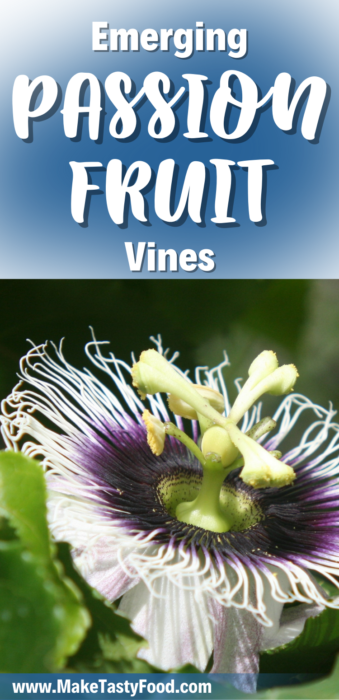
Passion Fruit Vines, growing to the top line. The vine will hold the plant when fruit and a mass of leaves eventually grow. Vines made in this way helps for the farmer to access the lines to maintain the plants and pick fruit easier.
New passion fruit plants.
We grow our own plants from seeds to plant in the fields. The yellow passion fruit will produce about 700 seeds. These seeds are covered with a pulp in the fruit. This is then place in a jug of water for a day. The pulp is removed with sieving.
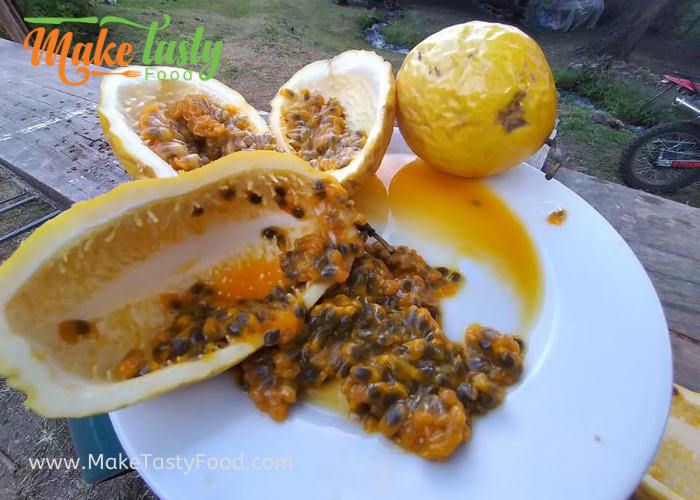
Then make passion fruit juice with this liquid by adding sugar.
After the seeds are freed from the pulp, dry them in the sun for the day. Remove more pulp that is still on the seed. Wet and then plant immediately. The seeds are planted in seedling trays just under the surface of the soil.
Watered daily until they germinate. They will sprout between 15 to 20 days after planting. Usually left until they are about 2 months old and strong enough to plant in the field. Dry seeds will also germinate well, and maybe take a few days longer to sprout.
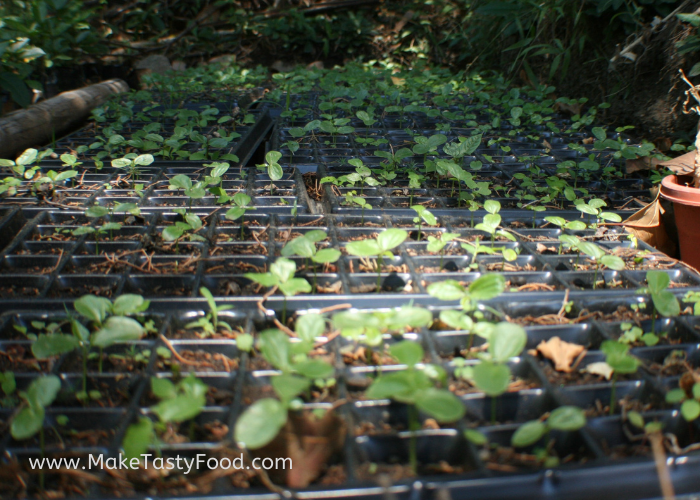
Newly planted passion fruit “Maracuya” plants, starting to grow up to the vines. Held with string to guide them up. They cling to the string and are pruned of their sprouting growth. Allowing the main growth to be in a main stem.
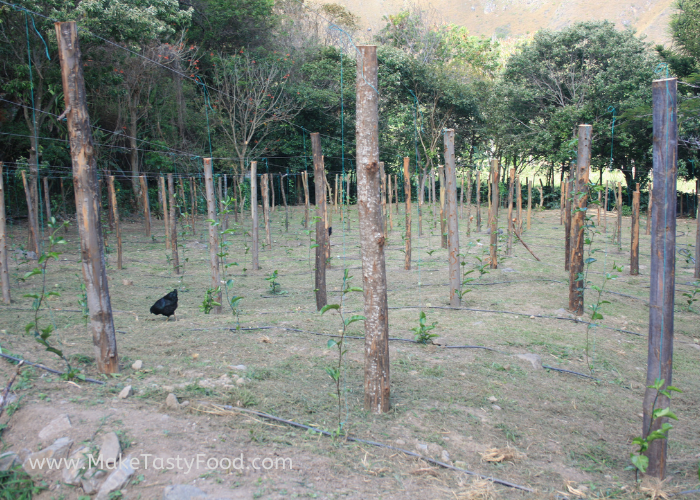
Eventually they will grow up and meet the main line that will hold the growing plant and its vines with the fruit. Watered with a drip system, which does not enable the grass around them to grow. A clean space around the plant should be about 3 foot in diameter.
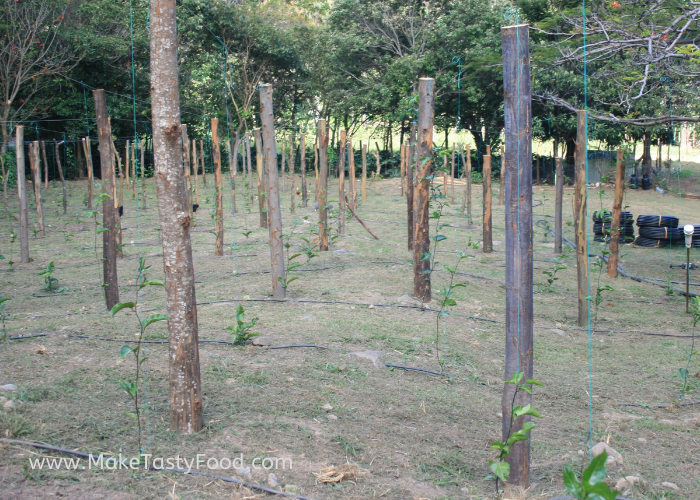
Emerging passion fruit vines, growing nicely. A few months further, for camp one.
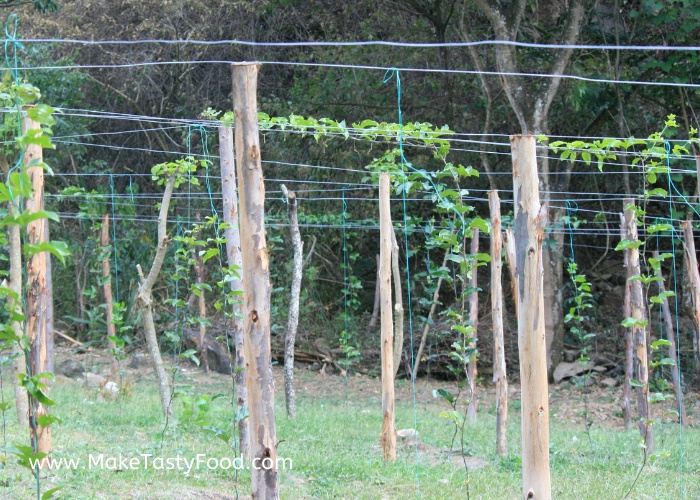
The second camp also growing nicely. Maintenance is done daily as they grow so fast. The binding of the stem to the string or the wire vine. This enables them to grow in the right direction. Extremely clingy plants.
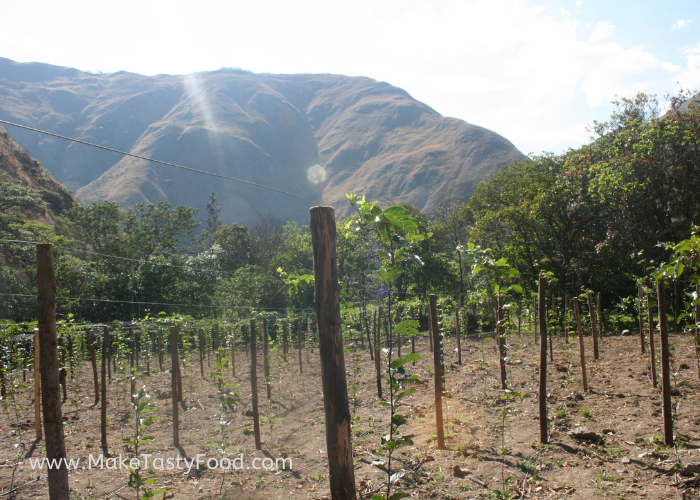
Plants starting to form buds on the vine. Notice the vines clinging with its tendrils .
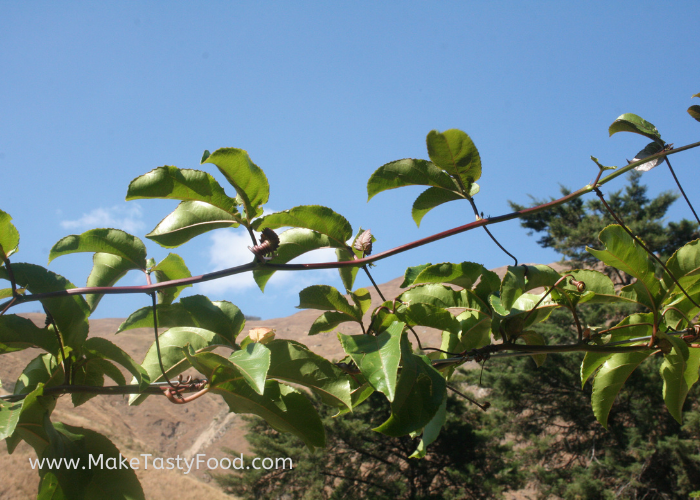
Clinging vine with its grasping tendrils.
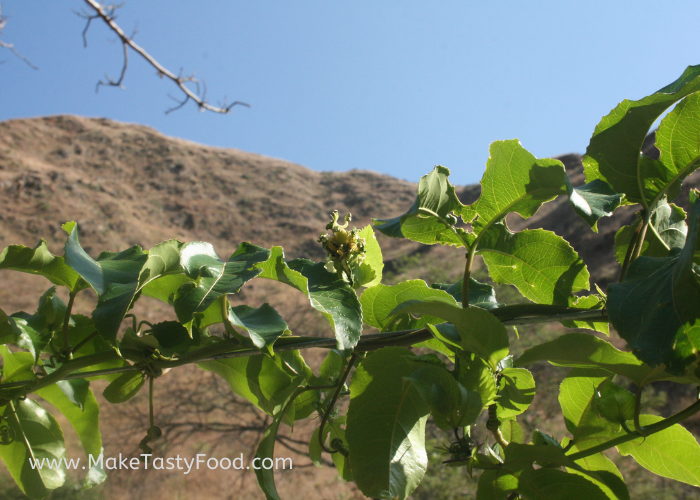
Some flowers also coming out.
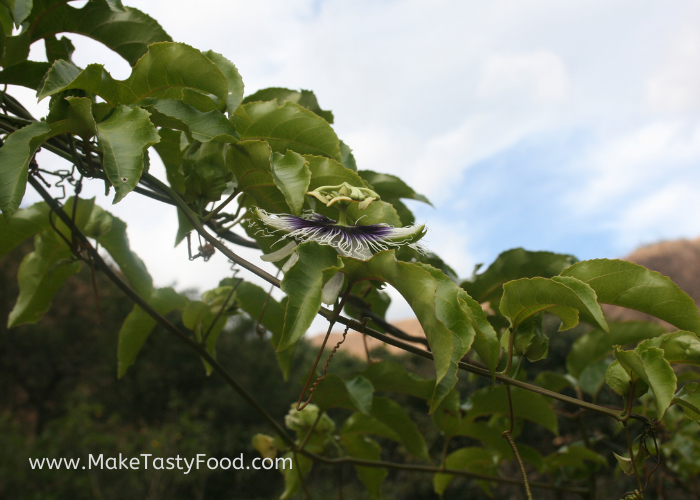
The beautiful flowers.
These beautiful flowers first appear closed looking like the photo below.
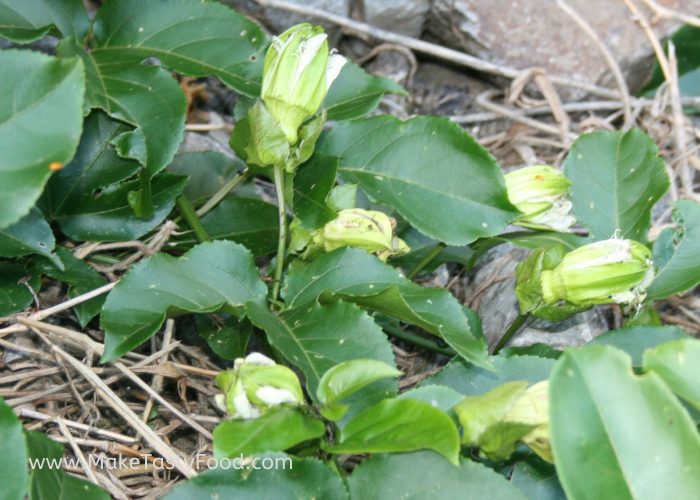
Then the bud opens a little with the little frilly feathery purple corona of the flower emerging.
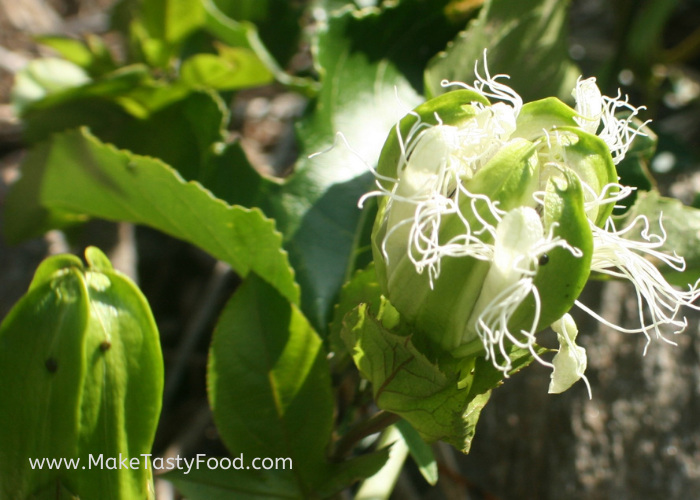
A stunning passion fruit bud. With its little black spots.
Then the flower will emerge in its display of beauty. Gets pollinated by bees.
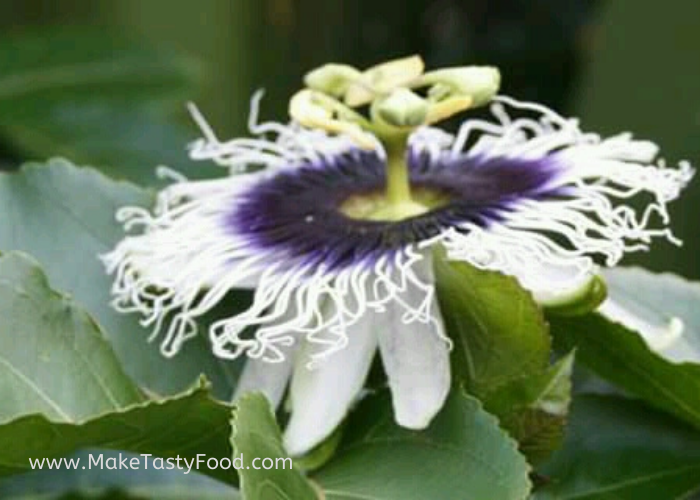
A growing passion fruit flower and one in full bloom. The flower has a male part(stamen) and female part (pistil), pretty white frilly feathery purple corona. The stamen and pistil are apart and the fruit grows between them. Note on the flower below the small bulge.

The passion fruit flower only last for about 3 days, then the fruit will grow from it. Below notice how the fruit emerged.
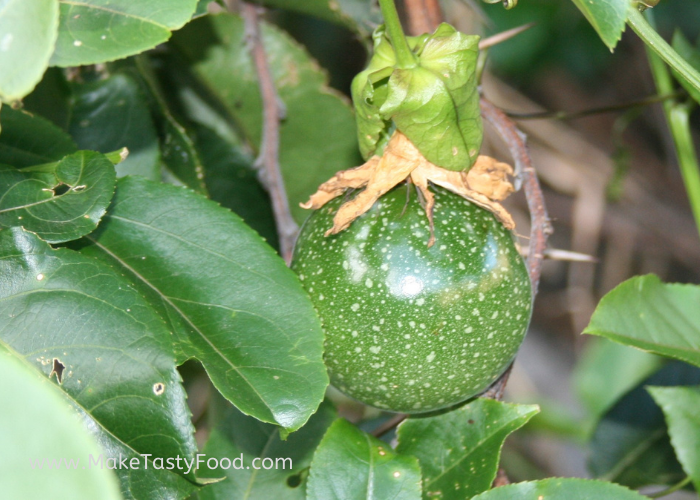
Once they ripen the will be yellow. Large fruit is collected and packed to sell.
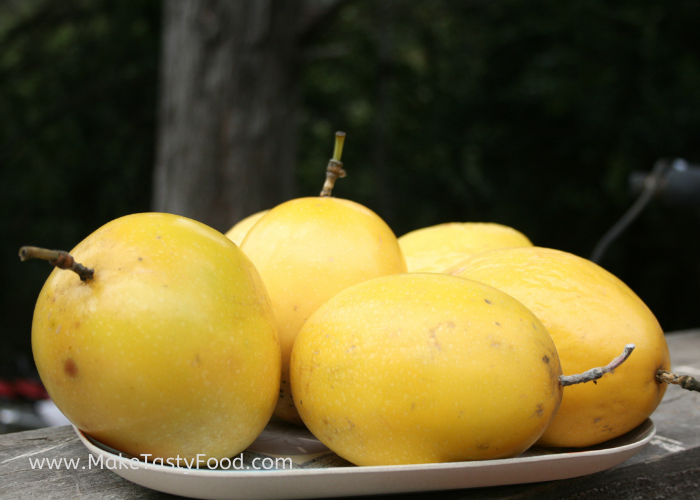
The fruit that gets a bit crinkled is much sweeter. Passion fruit is mostly Tart. But is one of my favorite drinks.
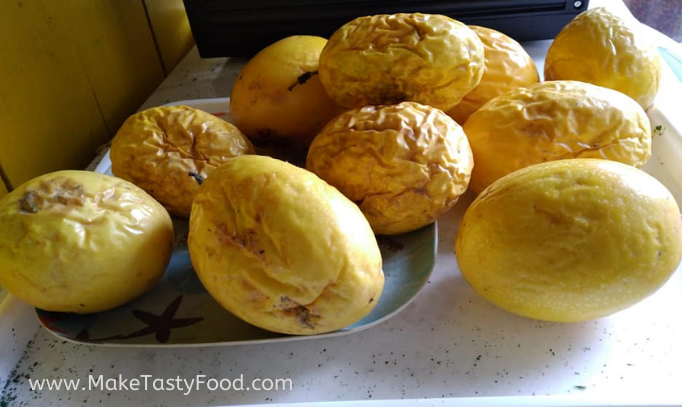
Fertilizing.
Passionfruit usually only needs fertilizing twice a year, after pruning and again after fruiting. A fertilizer high in nitrogen promotes plenty of passionfruit leaf growth at the expense of fruit and flowers. Fertilize with compost, citrus foods, chicken manure or well-rotted cow manure.
The passionfruit vine is a strong, vigorous, evergreen climber, and it originated in South America. A great spot for a passionfruit vine is one that’s out in the open, has full sun and no trees or competitive roots.
The passion fruit juice can be used for a lot of baking and to make some juices.
Watch this space for some recipes.
Learn what all the components of the passion fruit flower symbolize.
Passion Fruit Flower Components Symbolize
Other farm lifestyle and homesteading produce and trees.
enjoy

Leave a Reply